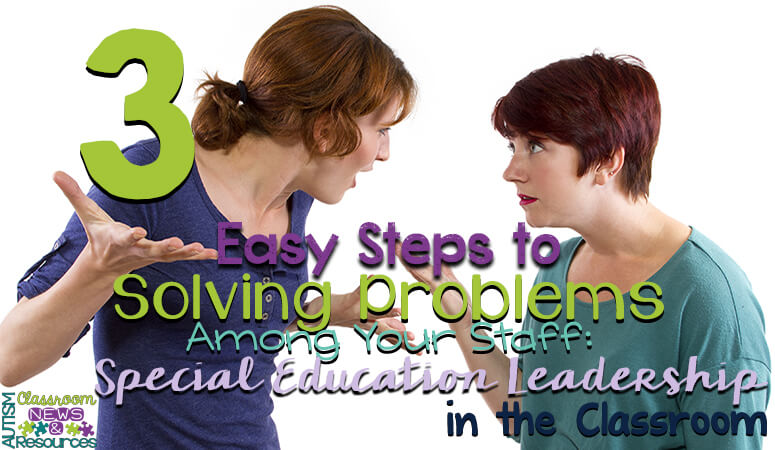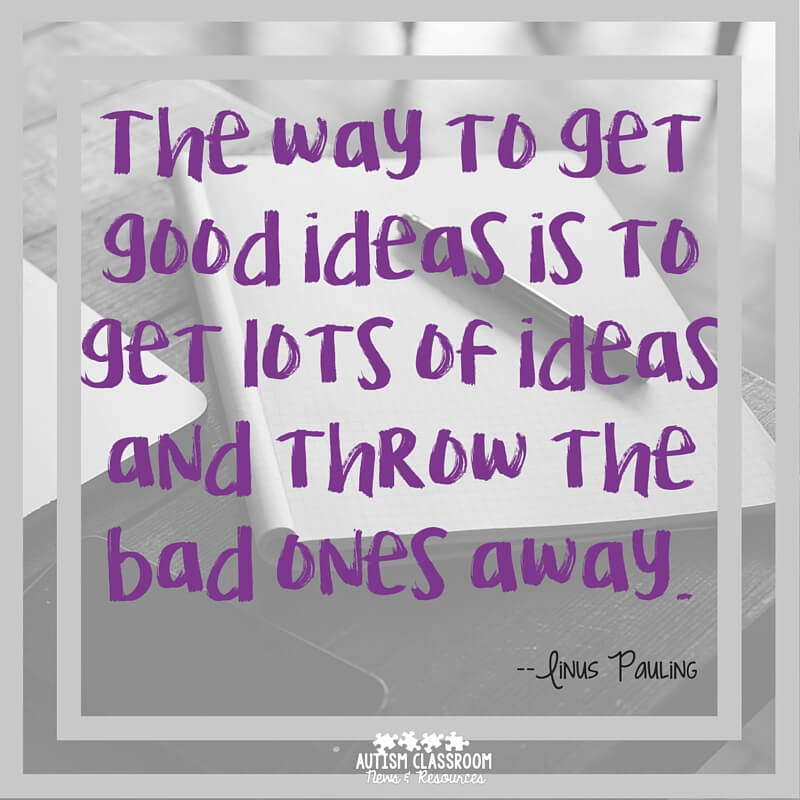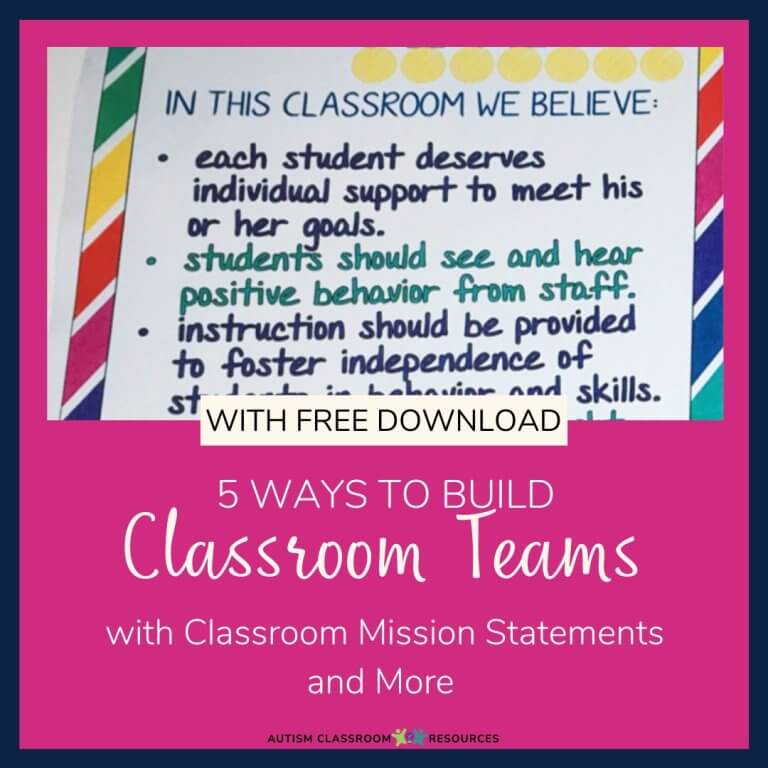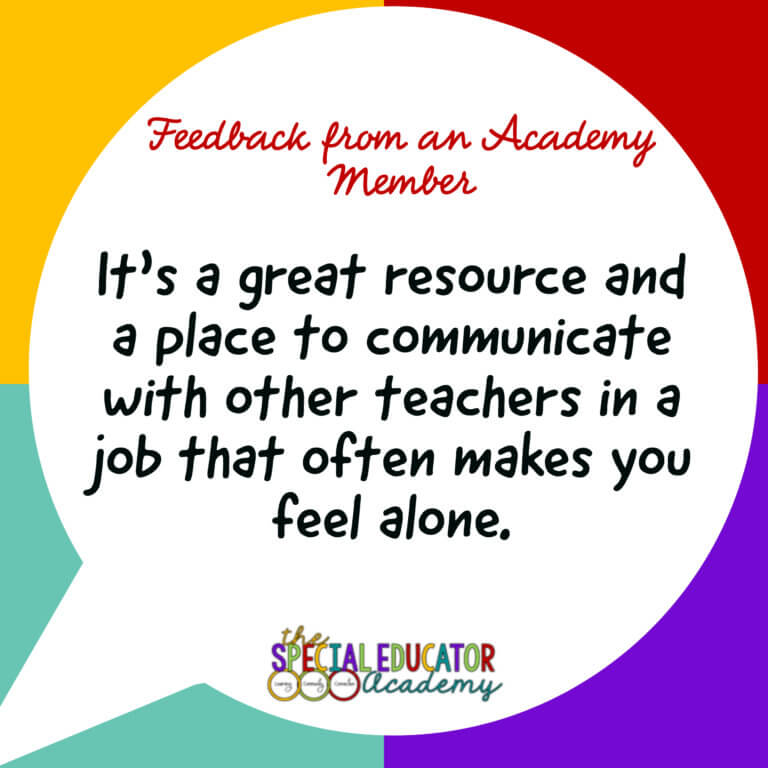Sharing is caring!
Let’s face it, there are going to be times that there are disagreements or problems among staff working closely together in any situation that are not easily overcome. We have been having such great conversations in the Sunday Facebook Live Chats and I have loved them! We have talked about listening, how not to listen, building teams, strategies for being observed and observing in a classroom. We have talked about giving feedback and how to supervise when you are not someone’s boss. Today I want to finish up this mini-series by talking about how, when all else fails, you can try solving problems and disagreements with staff as a team.
3 Steps to Solving Problems and Disagreements Among Staff
Step 1: Define the Problem
Just like when you start any problem solving process, you need to clearly define and agree on what the problem is. You need to know that everyone sees the problem in the same way. Everyone has a different point of view, which often is what sparked the disagreement in the first place. However, you have to come to some understanding about what needs to be solved.
For instance, let’s say 2 staff disagree about how to support a student in an activity. The first question is do they both feel they disagree with the other? You would be surprised sometimes how just clarifying the problem helps discover that the two people are not that far apart in what they are thinking. You may find that they both think they are saying the same thing. If not, then the next part is for each person to define what they think the instruction should look like. The the extra step and outline the differences on paper. So, Person A may think that the student needs to be more independent and support should be provided as little as possible, even if the student is a bit off task or getting incorrect answers. Person B may think that the student needs lots of prompting and support so that he doesn’t run the risk of showing negative behavior that disrupts the classroom. If you outline the differences and the reasons for each person, it makes it easier to see the issues you are trying to deal with.
Step 2: Brainstorm Solutions
As a group, brainstorm solutions. Throw lots of ideas, any and all ideas, out there. You can do it by having everyone write solutions down on paper. Use one slip of paper for each solution and throw them in a bowl. Then you can pull them out 1 by 1 and write them down on a chart so you can see all the ideas. Another way would be to go around all the members of the group (not just the people who are disagreeing) and have each person offer 1 original solution. Add each one to a chart.
When brainstorming it’s important to keep people on topic and focused. If you find that difficult or that participants want to make sure that they can be heard about more issues than the one you have decided to tackle, consider using a parking lot. A parking lot is a page where you write down the thoughts that may not be directly related to the current problem. It’s a place to park discussions or ideas to be dealt with later. Just make sure to come back and clear the parking lot at some point so that it has meaning.
Step 3: Choose a Solution, Implement and Monitor it
OK, I cheated a little because I seemed to have lists of 5s all the time and I wanted three this time. However, really once you choose a solution, implementing it and determining how it works should be the status quo. The hard part is getting to the group to come to some consensus about choosing the solution. Here are some tips for that:
- Narrow down your brainstorm ideas through discussion until you have 2-4 solutions. Clearly if you can come to some agreement with just that phase you won’t need to move on. But typically if you are using this process, the disagreements are pretty deep set.
- From the 2-4 you narrowed it down to, discuss the pros and cons of each approach. Discuss the potential outcomes and concerns. See if through this discussion of taking each solution in turn can get you down to 2 final choices.
- Then, write down just those remaining two solutions and determine if there are elements that have to be considered based on safety for the student, progress, etc. In some cases it might be useful to identify the elements that affect the student versus the elements that affect the staff. So, if it’s hard for the staff member to stand back and watch the student make mistakes, discuss if this is a problem for the student (which it might be if he is going to have a tantrum whenever a mistake is made) or if this is a problem for the staff (it’s hard to watch kids fail). Go through the solutions and determine who is affected by the decision.
- If you can’t come to some agreement with those strategies, consider asking a staff member to TRY one of the solutions for a specified period of time. Then determine how you will make a decision (what your decision making will be based on, what data you need, etc.) and give it a trial run. Set a date that you will come back to revisit the issue to see how it is going and make a decision whether a trial of another strategy is needed or if this one was working and everyone was happy with it.
Clearly within a classroom, the teacher is the person who is responsible for all instruction and overseeing others providing that instruction. However, including the team in the decision making process and making everyone’s input valued is a way to help the team work more effectively together. There will certainly be times when you have to state that certain decisions will be made, and you hopefully can refer back to your vision statement made as a team to support those decisions. However, sometimes having everyone involved in the solution leads to solutions that get implemented.
I used to have a boss who hammered in our brains, “Make them part of the solution and they can’t be part of the problem.” Someone who doesn’t feel listened to and doesn’t feel she has input is more likely to continue to engage in behavior that you may consider problematic. If she feels she was listened to and can agree to try something new, it might help to keep her engaged in the solution.
[Tweet “Make others part of the solution and they can’t be part of the problem.”]
Check out our Facebook Live discussion below for some great discussion. If you would like to see previous posts in this series–go HERE to see them in reverse order of posting. The Live videos are embedded within them.
This is our last discussion for a bit. I’m going to take a brief vacation, but we will be back with our Sunday night Chats on July 17, 2016 at 7 PM eastern and start talking about setting up classrooms. I would love for you to join us.











